What a Call to Action is and Examples of CTAs That Convert

Creating compelling calls to action (CTA) is integral to web design. It’s not enough to make well-organized, visually appealing landing pages anymore. You need to compel your visitors to click.
Whether you’re still trying to figure out what a call to action is or find some good call-to-action examples, we’ll help you.
The call-to-action examples we’ll show you are from multiple industries. So whether you work in digital marketing or customer service, you will find a CTA that converts.
Here’s what we’ll cover:
- What Is a Call to Action?
- The Most Common Call-to-Action Methods
- Action Words You Can Use for CTAs
- 10 Call-to-Action Examples (Based on Your Industry)
- Final Thoughts: What a Call to Action Is and Examples of CTAs That Convert
What Is a Call to Action?
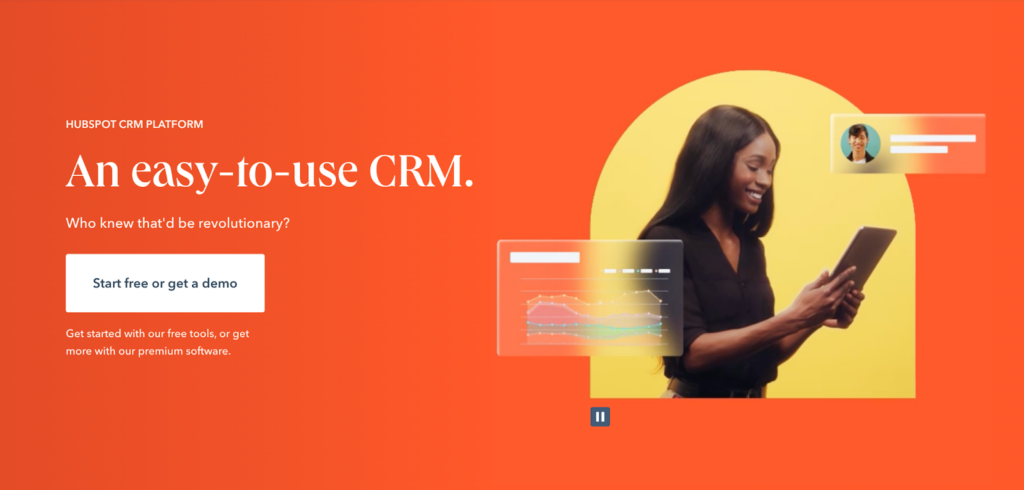
ALT: HubSpot makes clear what a call to action is. Incorporating videos, bold colors, and words like free to catch users’ attention.
A call to action (CTA) is an element on your website that encourages a specific action from a website visitor. That could be a button prompting users to download an e-book, a form that helps them subscribe to your newsletter, or a popup that asks for their email.
CTAs are subject to design trends just like any other part of web design. Best practices and patterns change with customer demand. What works today won’t necessarily remain evergreen, so keeping an eye on changes is important.
You also want to track the performance of your CTAs to know which pages are performing best and determine if your CTAs convert well. A good conversion rate varies by industry, but an analysis from Wordstream found an average of 2.35%.
A simple way to get an idea of how your CTAs are performing is by comparing your website’s current conversion rates against your site’s previous performance and direct competitors.
For example, if you previously converted 5% of visitors on a specific page and it has now dropped to 2%, it might be a sign that your CTA needs updating.
It’s also worth noting that not all CTAs are created equal. While you may be familiar with simple CTAs that promote the same information on each page, consider looking into “smart CTAs” that offer personalized actions based on user information.
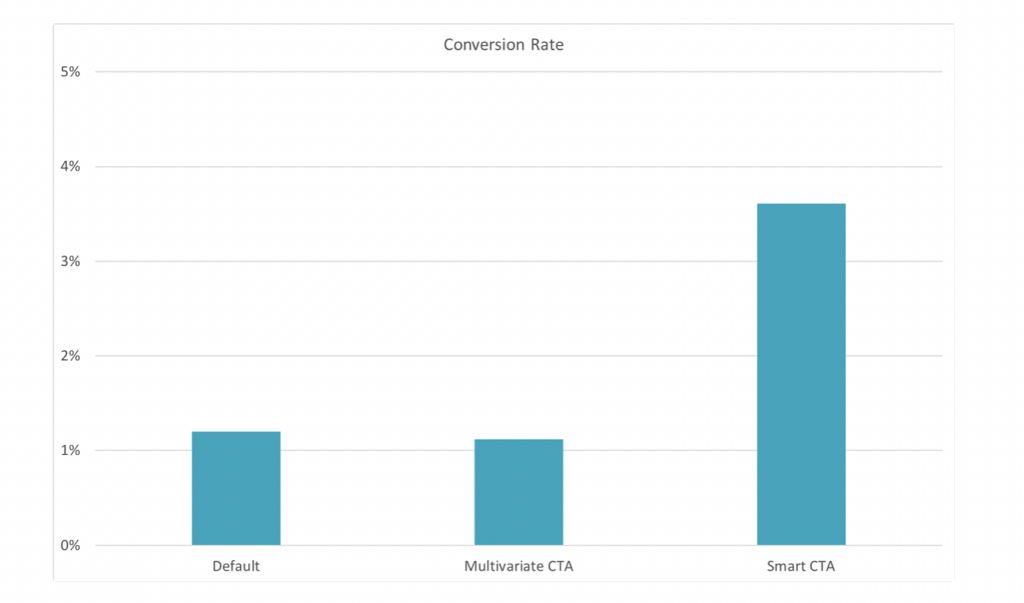
HubSpot found that smart CTAs converted 202% more leads than a default CTA. Don’t just whip together a quick button and call it a day. Working on your CTAs can lead to a huge jump in sales if you put in the work.
The Most Common Call-to-Action Methods
The right call to action example depends on your goal. You’ll need different CTAs for marketing, sales, customer service, and other departments.
Whenever you make a new call to action, make sure you define the goal so you can choose the best one for the job.
With that in mind, let’s dive into the standard CTA methods.
Buttons
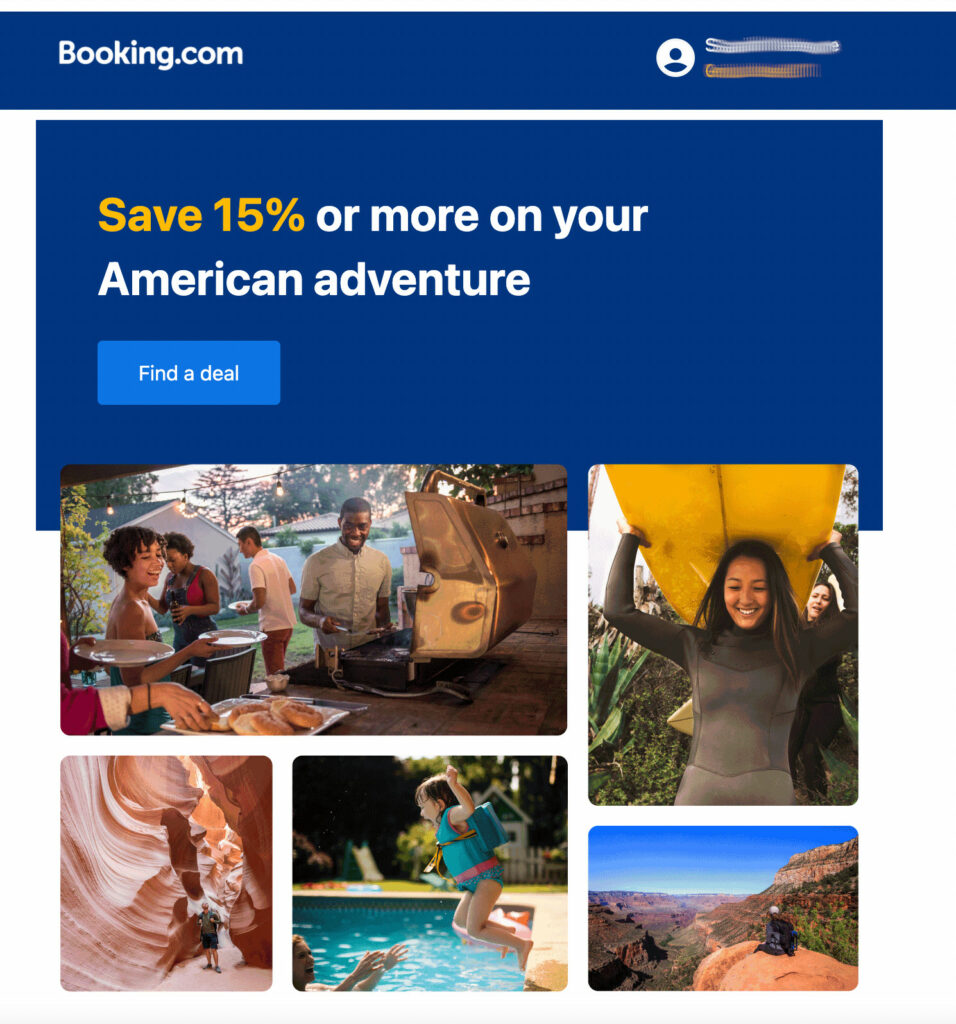
The classic CTA. A call to action button stands out from the text and images on your homepage and invites the user to click it. These are mostly used for website calls to action, but recently, they’ve been gaining popularity in emails.
Buttons easily adapt to mobile devices, so you can be sure your visitors see your CTA button whether they’re on a computer or a smartphone. And no, button color is not more important than its copywriting.
Convert a Lead
One of the top reasons for using a CTA is making a sale or working on lead generation. Placing CTAs on pricing pages, at the end of your list of features, and other relevant areas can help drive your target audience down the sales funnel.
You can use buttons, forms, popups, or other CTAs to close sales. You may want to experiment with a variety of these on different pages.
Submit a Survey or Form
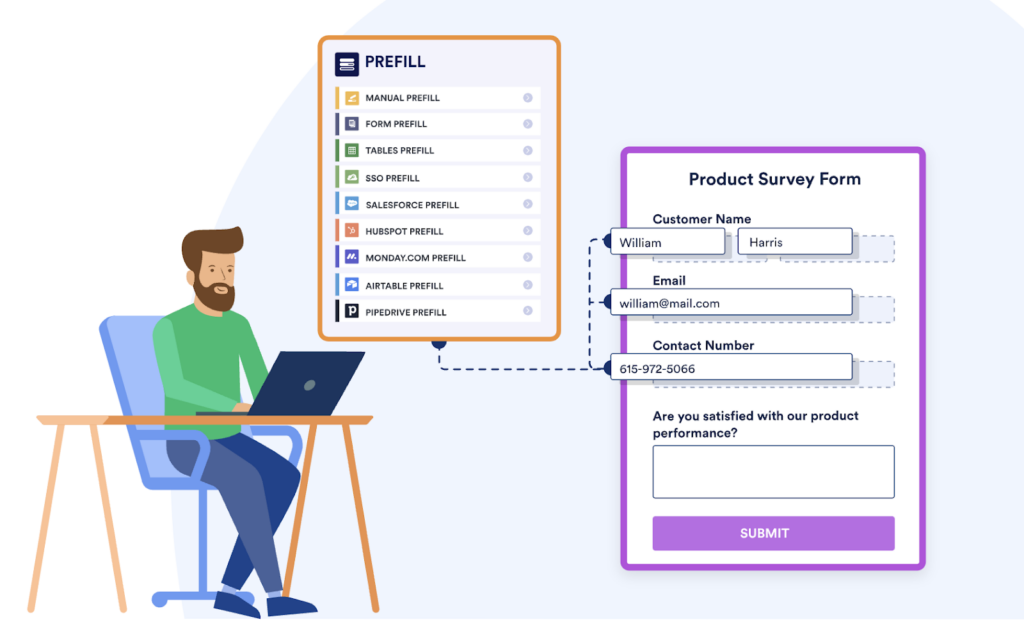
Forms are great for when you need more information from visitors. Find out what industry they work in, get an email address, and possibly even a budget.
You can quickly come up with a customizable form with Jotform to collect the information you need and sync it with other tools you use for and on your website.
Social Media
Social media can be the platform where you place CTAs or the goal.
For instance, you can ask website visitors to share your blog posts on social media to focus on increasing engagement and interactions.
Social media can also work as a funnel to qualify your leads if you do the opposite.
Sharing content, encouraging comments, finding spots to link back to your website, and peppering your profile with links leading to your website or contact information are excellent ways to encourage social media followers to reach out.
Videos
Video continues to grow as an essential marketing tool. Wyzowl’s 2022 State of Video Marketing found 86% of marketers said video helped them generate leads.
You can position videos with your social media, next to a button on your website, and add them near CTAs on blog posts. Check out our post on video marketing for more ideas on how to incorporate videos.
Newsletters
These have become more popular as creating newsletters is now more accessible and requires less coding.
A newsletter can target specific email subscribers and be tailored to specific audiences. You can run A/B tests on your CTAs and track click-through rates (CTRs) to see how your newsletter performs.
Even better, you can use a newsletter builder to save time and keep your design on brand.
Action Words You Can Use for CTAs
The words you add to calls to action are limited, so you need to make the most of them. You’ll want to consider your goal before clicking publish carefully, so here are some examples of action phrases to match different intents.
Purchase Intent
If you want your CTA to focus on making sales, make it clear. “Add to Cart,” “Buy Now,” and “Try Free Now” let customers know they will be buying a product or trying a free version of it.
You can use words like “Now” and “Only” to add a sense of urgency, encouraging customers to buy now rather than later, but be careful about using this tactic on premium sales.
Subscription-Based
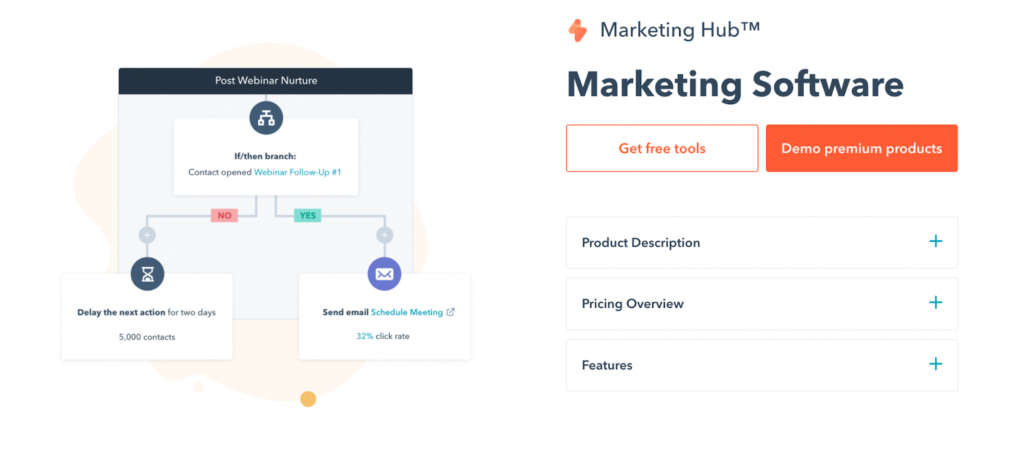
Subscription services work well when paired with demos. For example, calls to action for these plans should offer free trials. That way, potential customers can understand what they’re signing up for.
You’ll frequently see words like “Demo,” “Subscribe,” “Try,” and “Today” to offer fast results and promise a good value proposition.
Educational
For calls to action on educational pieces, use words that convey how it can help your audience. “Learn More,” “Find Out How,” and “Check It Out” are popular examples that promise to educate users.
You still gain something from these CTAs, usually an email address, or you might eventually offer a tool that addresses something in the information you provide, but the main goal here isn’t sales.
10 Call-to-Action Examples (Based on Your Industry)
These call-to-action examples will help you determine what converts in your industry or niche. Take a look at the email, social media, and website calls to action these companies use to convert more visitors.
If you have a specific department in mind, scroll ahead to see examples for customer service, sales, and more.
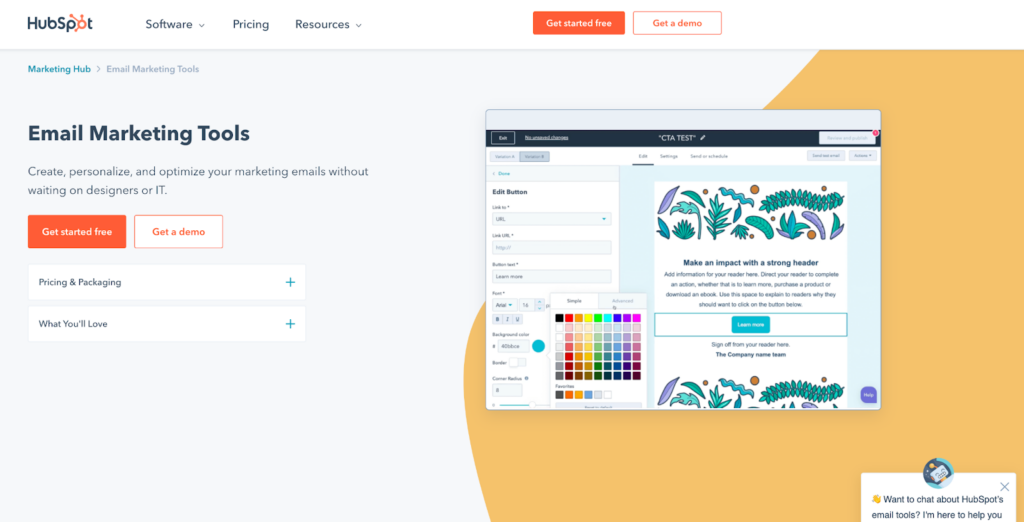
Marketing CTA Examples
- Market Study — This is an area where HubSpot shines. Its annual State of Marketing Report collects data from thousands of marketers worldwide. HubSpot collects that information to understand the wants and needs of its customers and constantly improve its software based on the results.
You can use a form to ask existing customers for feedback or ask potential customers what they would like to see more of.
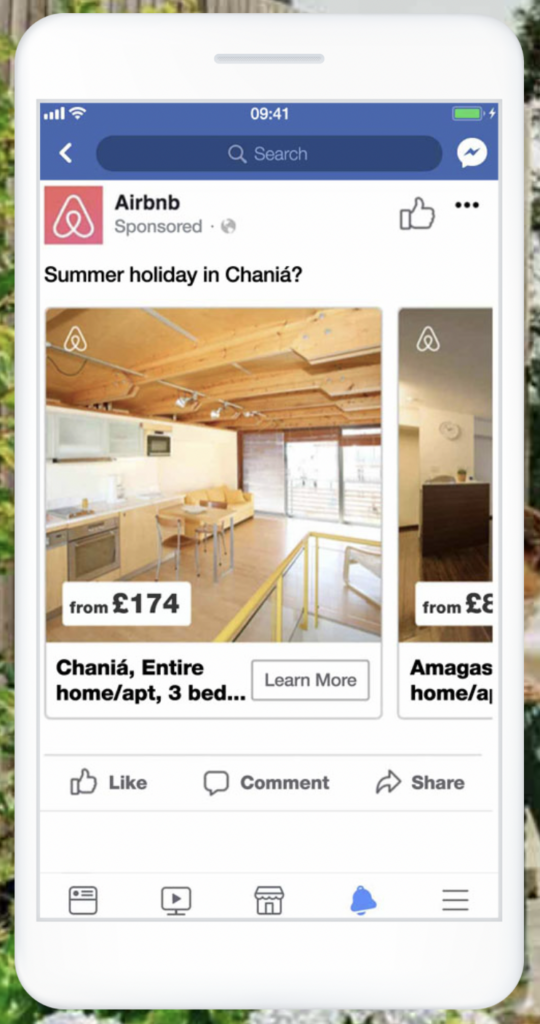
- Social Media Ad Placement — Social media advertising has evolved quickly. A look at Facebook’s recent options shows simple picture ads, video, carousel, and in-messenger options.
You can change your CTA depending on your campaign target. The carousel ad above works great for different photos of an Airbnb property, but an e-book might do better with a single photo ad.
Do note that Google Ads perform differently from social media options. Unlike Facebook or Twitter, with Google, you’ll want to manage your ad spending with optimized meta tags and an Ad Manager to keep track of KPIs.
Sales CTA Examples
- Sales Email Template — Working with templates can save you time, especially for frequently used emails. Creating a sales email template you can customize with data from your customer relationship management (CRM) software helps sales staff and customers keep things flowing.
Add a CTA that lets customers quickly schedule a meeting with a rep.
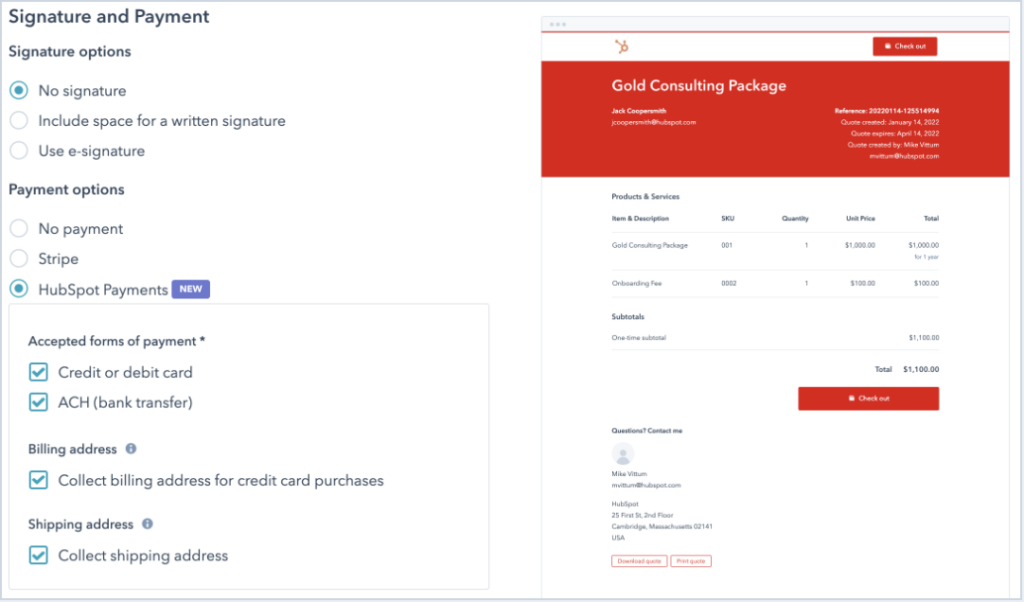
- Configure, Price, Quote (CPQ) — When you work with large purchases, you often need to offer customized quotes for each customer.
Use CPQ software that lets you integrate with different payment options so you can add CTAs to your quotes directly. That reduces the steps a customer needs to take to complete their purchase. - Popups — Yes, popups may be old-fashioned, but they do work. Sumo found an average conversion rate of 3.09% from its user’s popup CTAs.
It’s important to use a popup that doesn’t detract too much from your visitor’s experience, so think about this popular tactic’s style, placement, and timing.
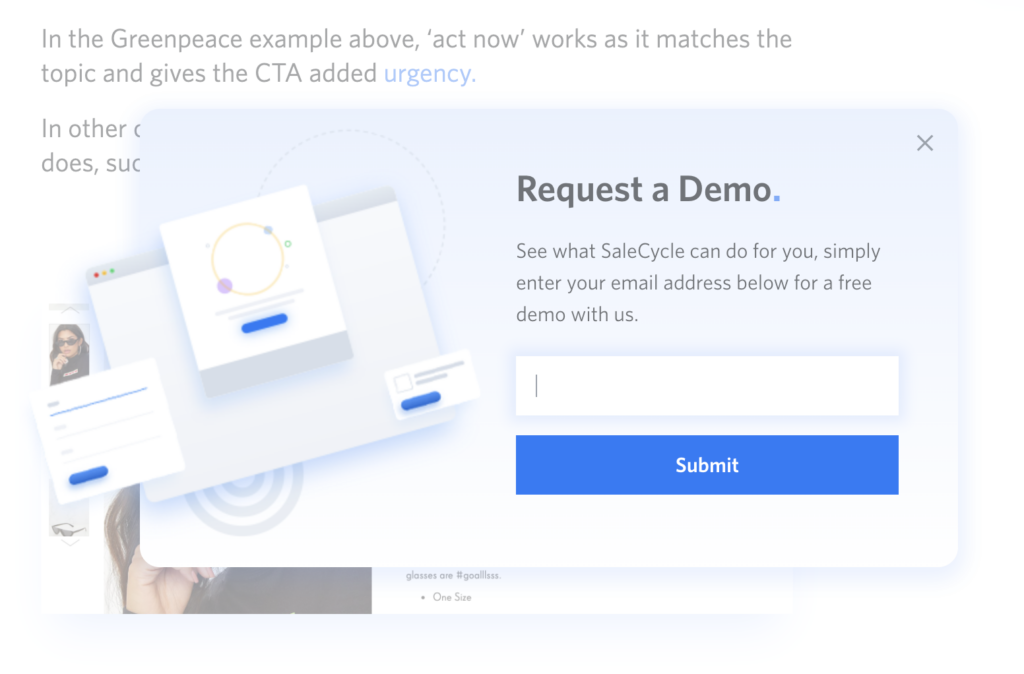
Customer Service CTA Examples
- Post-Churn Feedback — Did you lose a customer recently? That is a learning opportunity if you can find out why.
Exit intent forms can help you discover why a customer is unsubscribing from your email list, abandoning their cart, or canceling service. - Post-Service Feedback — Are you trying to reduce churn? Try working on your service before customers leave. Asking clients for feedback after a customer service interaction is a great time as the experience is fresh on their minds.
Issue tracking software can help you see every customer’s interaction with your staff and compare their feedback to your data.
Miscellaneous CTA Examples
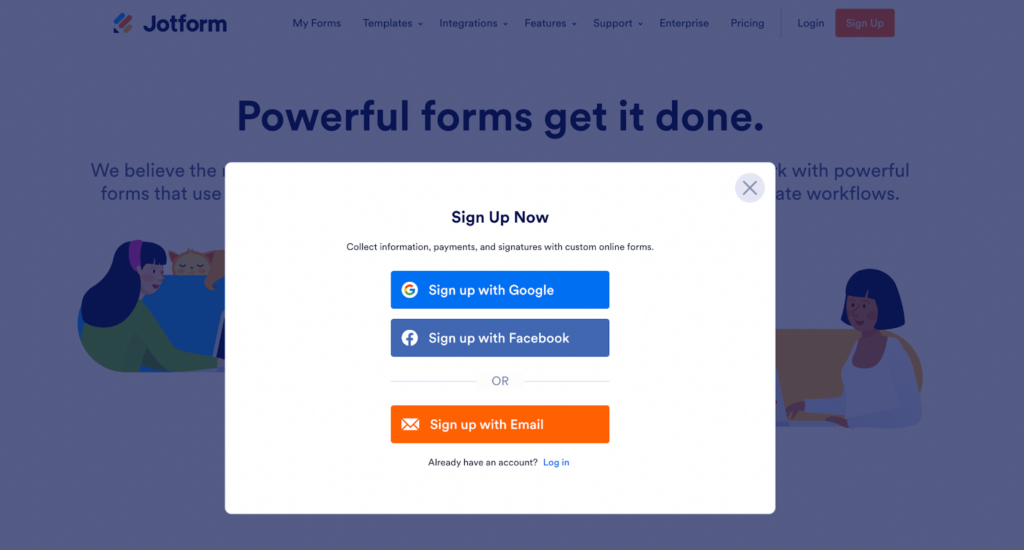
- E-commerce Sales Example — E-commerce sales generally rely on getting new customers frequently. Online stores often use social proof or reviews to encourage customers to click “buy now.”
They may also offer multiple ways to sign up, saving customers time and letting them use their preferred services. - RSVP for an Event — Offering a webinar or live event? Work with a calendar plugin to make it easy for users to “Reserve a Spot” and add it to their schedule.
- Video in Action — Remember when we said videos were the future of marketing? You can incorporate your CTA in a video in more than one way.
Include a mention in the script, have a button or link near the video as a next step, and if possible, encourage social sharing as well.
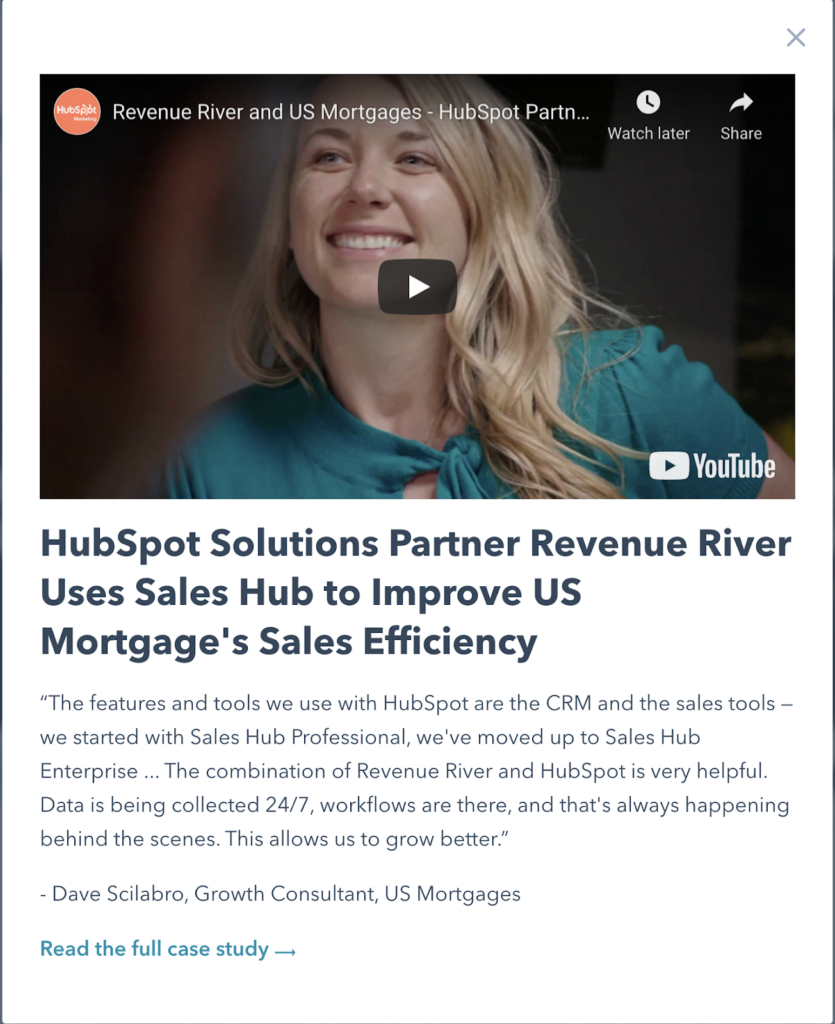
Final Thoughts: What a Call to Action Is and Examples of CTAs That Convert
A call to action should compel your webpage visitors or email subscribers to continue on their buyer’s journey. That could mean learning more about your product, signing up for a free trial, or taking another desired action that helps both of you.
By following good design practices and personalizing your calls to action by industry or goal, you’ll create higher converting pages that drive sales.
You can work in a compelling call to action with Jotform. Jotform’s templates are already optimized to convert, and they help you add a form to your website in minutes.